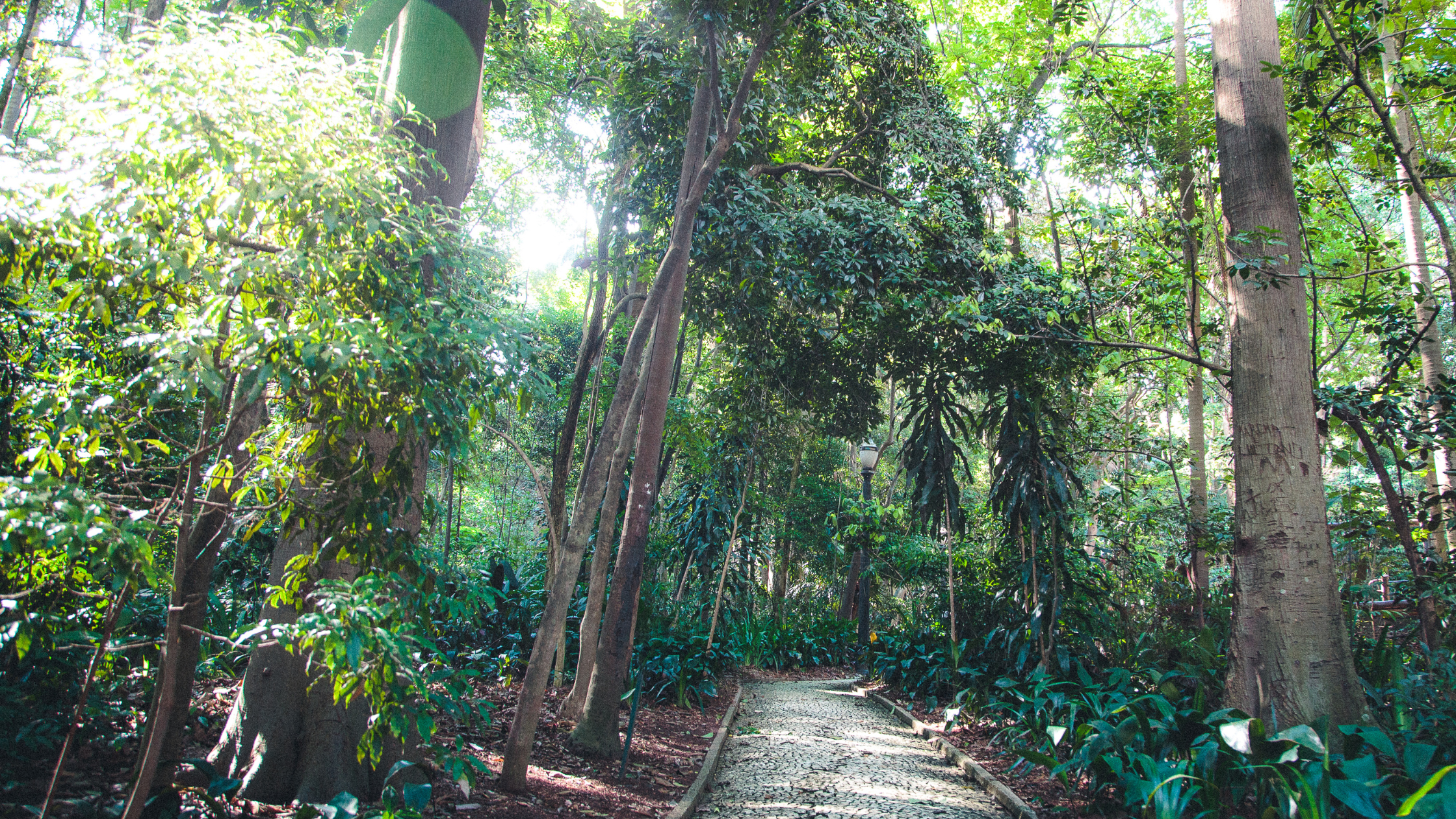Embarking on a spiritual path is a deeply personal journey. Upon setting out on the ‘pathless path’, there are a myriad of unique goals that practitioners might have. Maybe it is simply to grow up, and develop unwavering trust in oneself. Perhaps it is experiencing closeness with the divine, or even becoming established in God Consciousness.
Within the Higher Self Yoga (HSY) teachings, a primary objective is for practitioners to connect intimately with their Higher Selves. Through this connection, wisdom is imbued into daily life. Thus, the mundane becomes sacred, and spiritual growth naturally and gradually flourishes.
Embarking on the Path to Enlightenment
Though enlightenment sometimes sounds like something far away to be attained, it is actually right here, right now. Therefore, the process of embarking on the path to enlightenment is more of a remembering; an unraveling. In aligning with the Higher Self teachings, the spiritual journey is seen as a path that culminates in enlightenment. But the paradox is that enlightenment was always right under one’s nose. Still, methodical systems and teachings such as HSY are immensely helpful on the path, which can be tricky to navigate without such a ‘map’.
This path is unique for each individual, influenced by past spiritual lifetimes and personal striving. Without a strong sense of striving and desire, it can be challenging to progress. Simultaneously, too much striving can be a hindrance. So, what to do (or not do)?
To start, here are key aspects that each student may encounter on their spiritual path:
1. Self-Knowledge : Understand your goals and aspirations.
Become clear on your goals. Be precise in articulation of aspiration. Journaling can be a great tool here.
2. Determination : Maintain a caring attitude to keep moving forward despite challenges.
Believe in your ability to walk this path and reach enlightenment. Never lose hope, no matter how challenging the journey seems. Remember all those who have come before you.
3. Personal Ownership : Recognize that your path is uniquely yours and relates solely to you.
The spiritual path requires total self responsibility. Ultimately, there is no one outside of yourself to place blame upon. This doesn’t mean blaming or berating yourself. Rather, it is a process of growing up, realizing autonomy, and practicing both grace and accountability.
4. Seeking Help : When stuck, seek guidance from your teacher to move forward.
Remember that your teachers and guides are always there for you. This doesn’t necessarily have to be a physical person, though that is helpful. Whether it be someone ahead of you on the path, or a higher power, we all need help and cannot walk this path alone. Above all, trust that your Higher Self is always there to help you.
5. Self-Realization : Look forward to discovering who you truly are.
The path can be very exciting. In shedding layers on unconscious conditioning, the true essence of you begins to emerge. Who are you, really?
6. Awareness of Obstacles : Be aware of negative forces that may try to impede you.
In any journey, there are obstacles. These negative forces, however, can be transmuted with clarity and consistent practice. View obstacles as challenges that can be resolved and overcome. When you feel stuck, remember that this path is meant to lead you to greater wisdom. Keep this feeling in your heart to overcome obstacles.
7. Pacing : Walk the path at your own pace; it’s unique to you.
There is no need to rush. Pace yourself on this wonderful path. See the beauty of all around you.
Insights and Revelations
As you progress on your spiritual journey, you will uncover many aspects of yourself. This includes both positive and negative characteristics from your current and perhaps past lives.
Both negative and positive traits can be great teachers, propelling you forward on the path, while revealing new facets of yourself and opening your heart and mind to wisdom.
Self-Reflection + Examination
Entering a spiritual teaching requires deep self-reflection. It is imperative to examine and understand various aspects of yourself, often hidden or neglected. Consider reflecting on and journaling about the below HSY prompts:
– Childhood Conditioning : How has it shaped you?
– Personal Needs : Identify both your good and bad needs.
– Perception : Is the glass half full or half empty?
– Radical Honesty : See yourself truthfully, both positive and negative traits.
– Strengths and Weaknesses : Know them well.
– Self-Belief : Do you believe in yourself?
– Self-Love : Can you love yourself unconditionally?
– Commitment : Are you ready to commit time, energy, and desire to this path?
Uncovering Bliss
Walking the spiritual path also brings moments of joy, as bliss is an aspect of our true nature. These blissful experiences connect you to the Source and motivate you to continue your spiritual journey. Ultimately, this path helps you discover your true self, leading to profound inner knowledge.
By following these insights and embracing the journey, you can walk your spiritual path with confidence and hope. Intricately drawn maps such as the HSY teachings can be a great asset to practitioners who are beginning to develop self-trust, and deepen their faith. Above all, rest in the knowing that you are always supported by your Higher Self, spiritual teachers, and guides.




